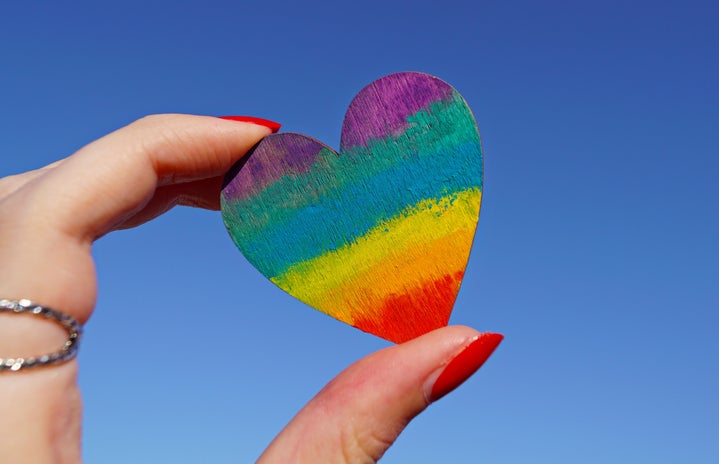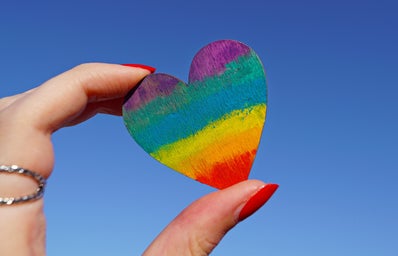October has become a month of celebration, pride, and acknowledgement of the people and movements that have progressed the rights, freedoms, and visibility of the LGBTQ+ community. Formed partially around National Coming Out Day which occurs every year on October 11, LGBT history month is a time for recognition and acceptance of the voices and places that have helped to make this time of year significant for so many.
LGBT history month is supported by many large organizations that advocate for the rights and voices of LGBT individuals in the United States, including GLAAD (Gay and Lesbian Alliance Against Defamation), the Human Rights Campaign, and the National Education Association. All of these organizations provide resources and promotions for LGBT history month as well as a safe space for both out and proud individuals and those who are not yet out or unable to come out.
One of the most well-known historical protests that has become vital to LGBT history month is the Stonewall Riots. These protests occured in response to an LBGT bar, the Stonewall Inn, in New York in 1969, and became monumental to the advancement of rights for the queer community. Marsha P. Johnson and Sylvia Rivera became well-known names across the community as news spread of them being the first transgender women of color to resist arrest and fight back against the police during these riots. Stonewall helped to mobilize members of the community as well as provide a platform for criticism of blatantly homophobic practices that were legally supported in the United States.
Shortly before these riots, biologist Alfred Kinsey spent a large portion of his life dedicated to creating a scale indicating that sexuality is a spectrum. The scale ranged from 0-6, with 0 being exclusively hereterosexual and 6 being exclusively homosexual. It was one of the first suggestions of sexual fluidity as well as being somewhere “in the middle,” which ultimately helped to bring awareness to bisexuality.
In the late 1980s and early 1990s, as the HIV/AIDS epidemic continued to grow in prevalence, the red ribbon was adopted as a symbol of solidarity with those infected. The World Health Organization also declared a world AIDS day in order to raise awareness for the spreading issue. Because of these things, as well as an act signed by President Bush that supported those with AIDS, activism grew in the United States for AIDS research and anti-discriminatory practices.
Within the last 20 years, the individual states have gone from recognizing civil unions and domestic partnerships for same sex couples to legalizing gay marriage with the monumental case Obergefell v. Hodges in 2015. This paved the way for the LGBTQ+ community to obtain the same marriage rights as their heterosexual counterparts, and kicked off a new wave of activism in the 21st century.
Despite this incredible historical progress, oppression still runs rampant throughout not only the states, but the world. Much of the legislation passed in the last few years has attempted to dismantle the progress that has been made, and with the recent overturnng of Roe v. Wade, many worry that same sex marriage is next. It is important to continue to support activism and the movements that allow for continual progress towards equality for all.


